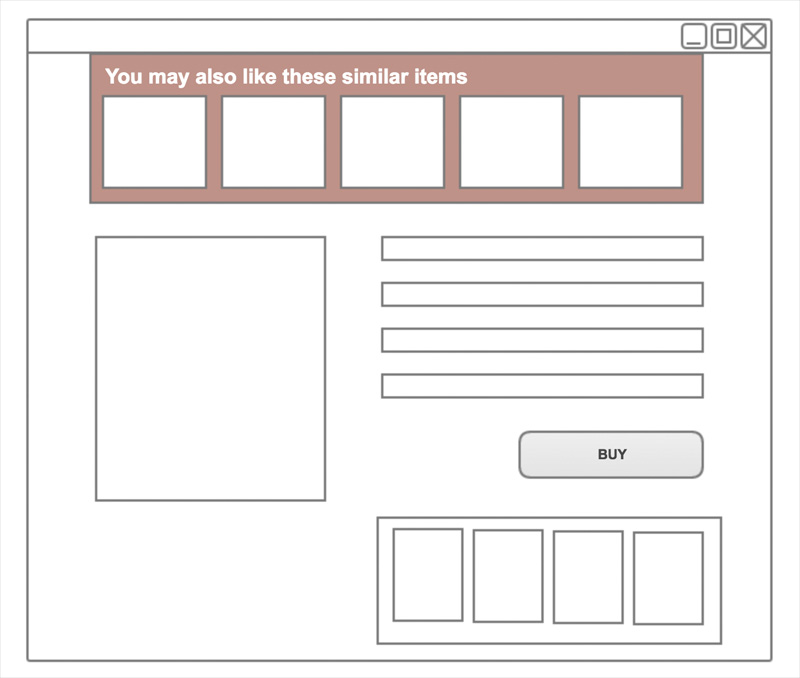Search Engine Conditional Placement
Overview
A conditional placement is used to highlight alternative products when the customer has arrived on the site from a search engine. A high proportion of customers who enter the site from a search engine "Bounce," which means that they look at the page and then leave the site, so Algonomy uses conditional placements to present content designed to meet their needs, based on the search parameters.
By using search engine conditional placements or conditional placement injection, you can minimize "bounce" thereby keeping customers on the e-Commerce site. This is easy to implement and works with all the major search engines.
Strategies should be preferred or fixed to this zone so that the resulting recommendation set is specifically associated with a searched term and returns appropriate results. You should not enable King-of-The-Hill for Placement Injection deployments.
How It Works
A placeholder (basically an empty, collapsed div that has a unique ID that our recommendations target when they are returned) is added at the top of the item page template. A rule is set up so that any time the request received from a page with a referrer that qualifies as a "search engine", then in addition to the placements requested on that page, return an additional placement targeted to that empty div.
Implementation
The following are several reasons for the customers bounce:
-
The item is out of stock
-
The item is not the same price as on the search engine
-
The item is just not what they are looking for
By introducing the Search conditional placement, you are immediately presented with other options, so if the item is not in stock or not what the customer is looking for, this placement helps to keep them on the site and hopefully guide them to the product that they want.

The implementation of the conditional placement is set up by Algonomy. The front-end code needs to be done by the merchant.
If the merchant is using HTML, a new layout may be needed if the look and feel changes. The response from Algonomy returns the HTML for this placement alongside the existing placements when the customer enters the site from a search engine.
If the merchant is using JSON, the front-end callback needs to be updated to listen for the SEO specific placement object and then the new placement widget needs to be created and injected into the top of the page.